Anna Fernstädt
Anna Fernstädt interview: “It’s good for you as an athlete, but also for your sport, and that’s even more important I think.”
2018 Junior World Skeleton Champion Anna Fernstädt rounds off our social media series and explains that what’s good for the athlete can be good for the sport.
Anna Fernstädt
Anna Fernstädt interview: “It’s good for you as an athlete, but also for your sport, and that’s even more important I think.”
2018 Junior World Skeleton Champion Anna Fernstädt rounds off our social media series and explains that what’s good for the athlete can be good for the sport.
“You shouldn’t be afraid of high speed.”
Like most athletes today, Anna Fernstädt lives the itinerant lifestyle in pursuit of her sport. Just the training part takes her back and forth across Europe, and skeleton competition this year will deliver her to various stops on the global World Cup circuit. The 18/19 season will conclude at Canada’s Whistler Sliding Center, where the best skeleton athletes will battle for World Championship honours.
“Today I’m travelling from Latvia to Norway,” she says. “I finished my first week of sliding on the track in Sigulda and next week I’m in Lillehammer for some more training.”
She might be well-travelled, but the most significant move Anna has made this year was a step across just one border. Anna Fernstädt has twice stood on the Skeleton World Cup podium clad in Germany’s black red and gold – but no more. Those colours have been traded for the red white and blue of her birth nation, The Czech Republic. It was a move Anna announced on her social platform which, for this writer at least, turned out to be quite fortuitous. Because – well, here we are looking at the impact of social media in winter sport. Perfect eh?
What’s also quite nice for this, my last in the social media series, is Anna Fernstädt’s attitude towards said platform.

You see, when I started this series I almost hoped it would conclude with something – well – conclusive: either social media is the evil spawn of the internet underworld, or else it’s the second coming of online communication, an entity of wonder and glory. This or that, in other words. But it is neither and instead inhabits a half world somewhere between the two. Social media is, of course, good and bad. It’s this and that.
And for Anna Fernstädt it’s a method of communication that she likes more than needs.
“I use Facebook, Instagram and Twitter. I like Instagram the most, its the friendliest,” she says, echoing a preference voiced by my previous guest Elise Christie. “If you’re active,” she concedes, “the more interesting you get for sponsors.” But for Anna Fernstädt, any professional edge ends there. “I don’t think I use it as an advantage in any other way, it’s more just for fun. I think as an athlete you should be able to motivate yourself because you have goals and love what you do, not because you see something on social media.”
Her words support the idea that social media is useful – even important – but not the golden goose. That its benefits lie in the realm of personal interaction and allow for greater fan engagement, but aren’t a crutch for success.
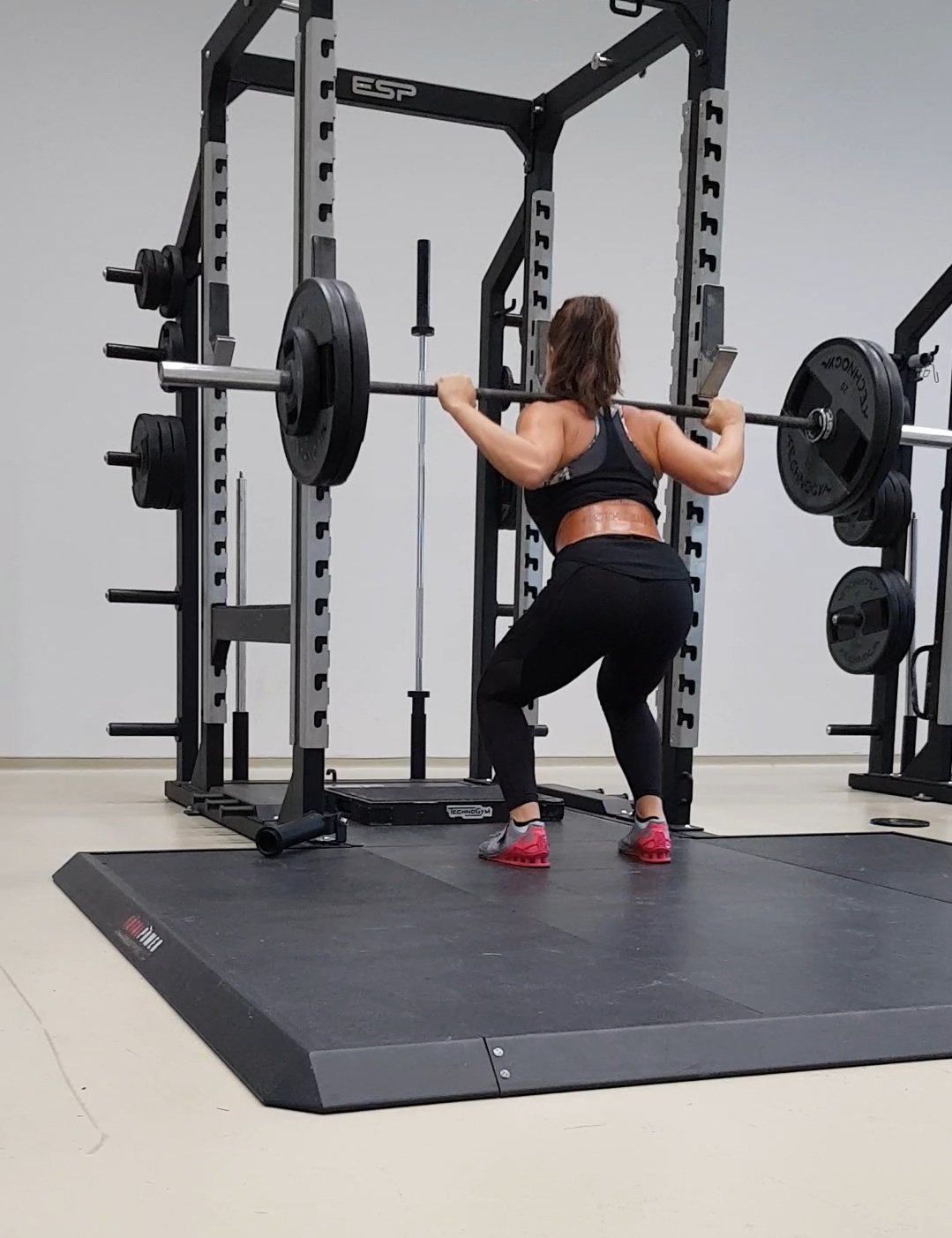
“Yes, it’s good for communicating and I think one of the easiest ways to communicate with fans, or someone who is interested in the sport and who doesnt know me personally.”
There’s something else though, something I haven’t considered till now: the idea that what’s good for the sportsperson is good for the sport – and probably vice versa – and that social media is part of a bigger picture.
“Social media makes communication easier for sure, and you have a better reach, so I think it’s easier to get new fans and you get more people interested in the sport than before. It’s good for you as an athlete, but also for your sport, and that’s even more important I think.”
What is becoming clear to me is that Anna Fernstädt takes a wide angle shot. That she sees herself as a cog in the Skeleton works, perhaps even in the great machine of winter sport itself. An integral part, certainly – because she’s delivered impressive results in skeleton – but an athlete who nevertheless views herself as a component in the grand scheme. Which, I presume, is why she takes such a pragmatic approach to the influence and limitations of social media. Including the ugly side.
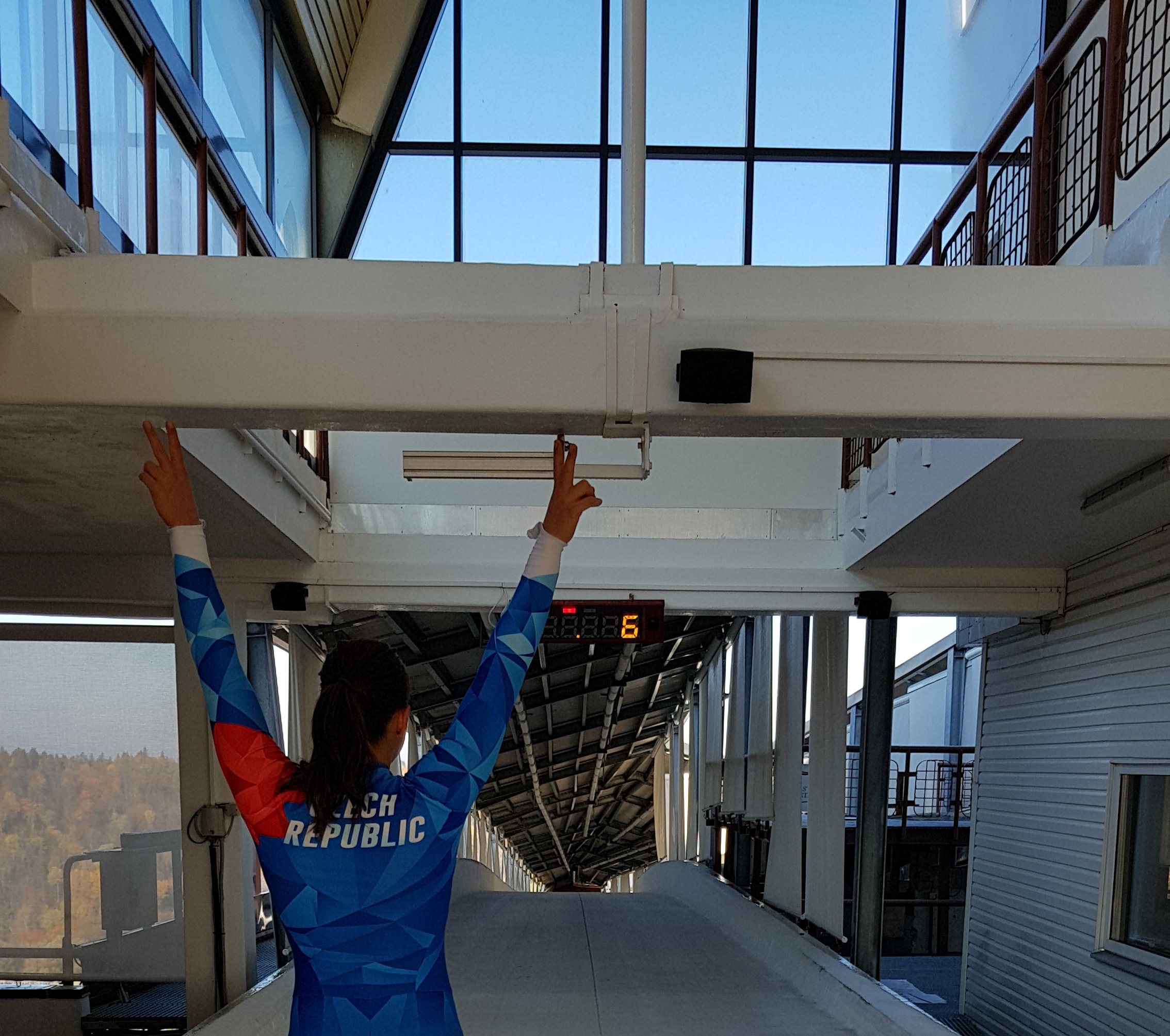
“No, not very often,” she says when I ask if she takes much stick online. “But if…” she considers for a second. “Well, it’s their opinion or thoughts, not my problem.”
If that sounds a bit que sera sera, you should watch Anna Fernstädt sliding. On the ice she is relentless, an athlete whose style has drawn nods of approval from the world’s best – five time World Champion Martins Dukurs included. She doesn’t just take part. She competes. She doesn’t slide, but races. Which might explain Anna’s “mixed feelings” when she talks of the impressive 6th place result when she made her skeleton debut at the Winter Olympics.
“Of course it was huge to compete at the Olympics, and I’m really happy that I got there. I didn’t even expect that after my start into the season. But once there, it was also very close to being better than 6th, so as an athlete I think everyone would be like, maaan, just some hundredths? But overall I’m happy with it.”
Like so many Winter Olympic sports, Skeleton regularly comes down to one or two hundredths of a second. In fact less than a second separated gold medal winner Lizzy Yarnold from Anna’s 6th place finish. Anna is right to be happy. It was an excellent first-Games performance in one of the most brutal and bruising of Winter Olympic sports. And if it wasn’t perfect you can be sure Anna Fernstädt has a notion of the necessary tweaks to make. And in any case there is no medal for perfection. If there was – well, you wouldn’t want it: it’s got that end-of-the-road ring to it hasn’t it?
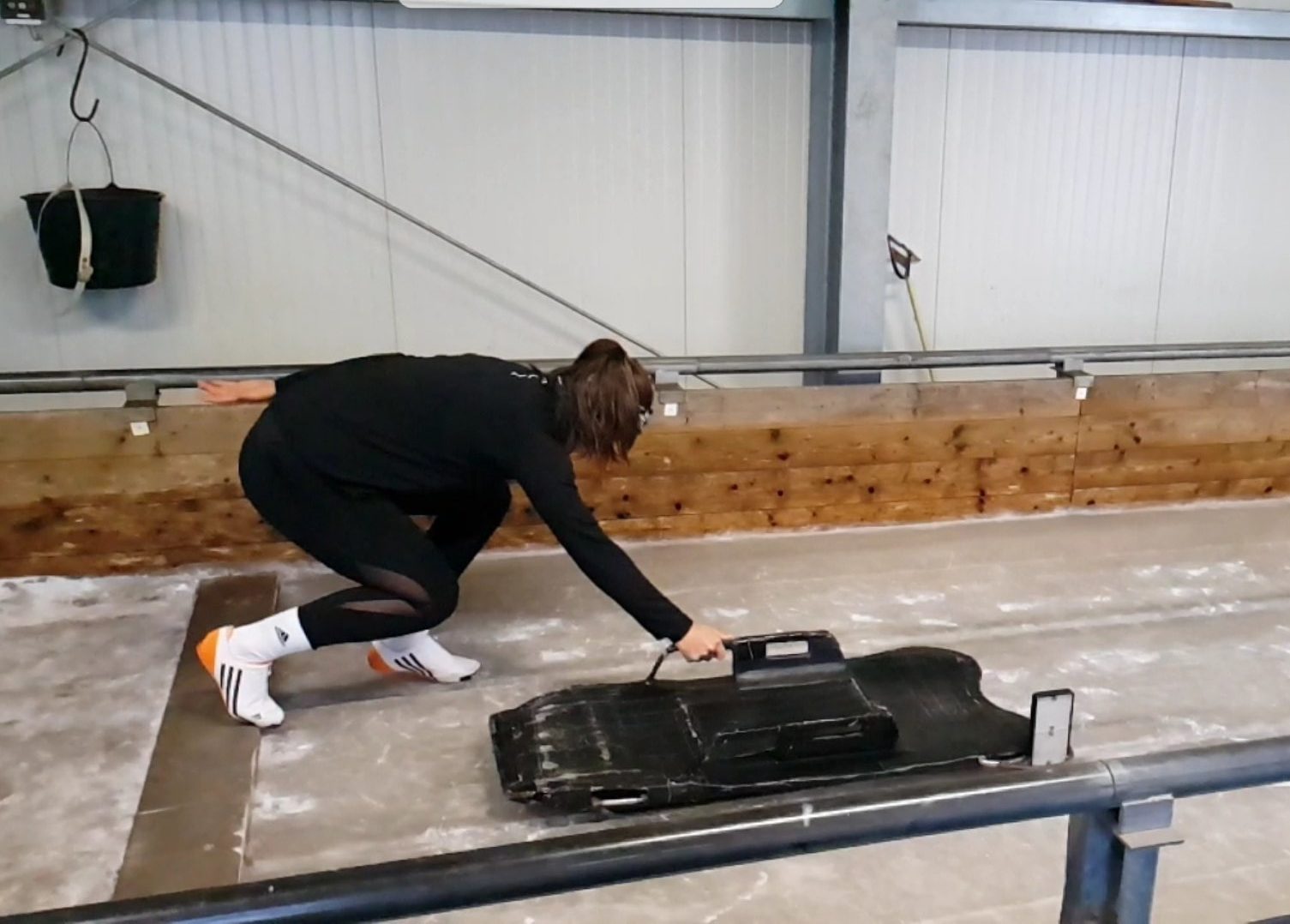
Nevertheless, whatever raw talent you start with you can become at least very good at Skeleton with the right commitment. And if you do it well there are plenty of badges to be picked up along the way – oh, and bruises. And ice burns.
“You shouldn’t be afraid of high speed,” Anna replies when I ask how she might counsel someone aiming to make it in Skeleton sport. “You should love being on tour and travelling. The season is long, so staying away from home for a while shouldn’t be a problem for you. It hurts. Sometimes a lot. You can crash – don’t forget that. But you can learn to slide, learn how to push fast, so you don’t have to be the perfect athlete. But you need to love it, and want it. And be patient. Then it will be worth a try.”
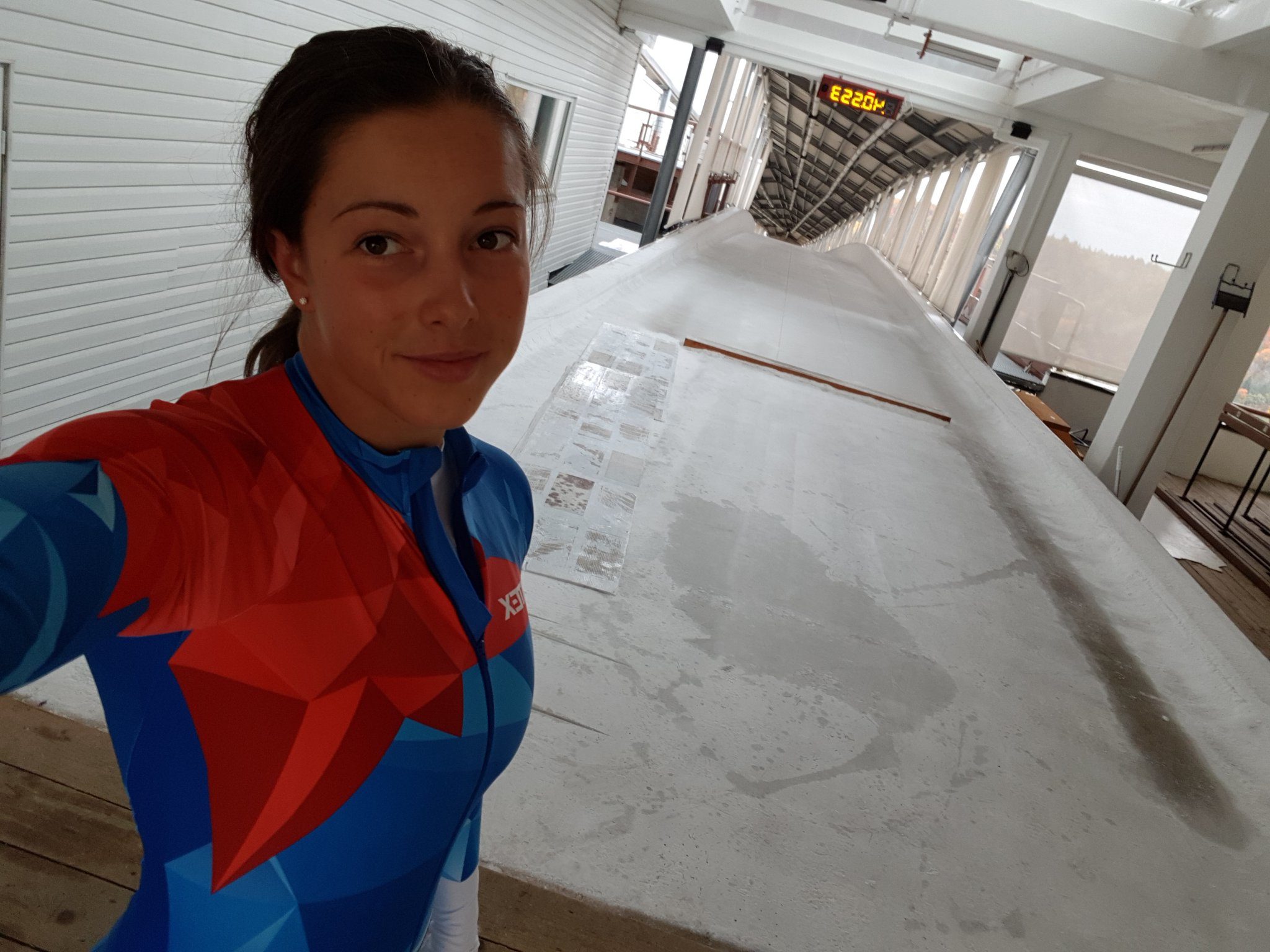
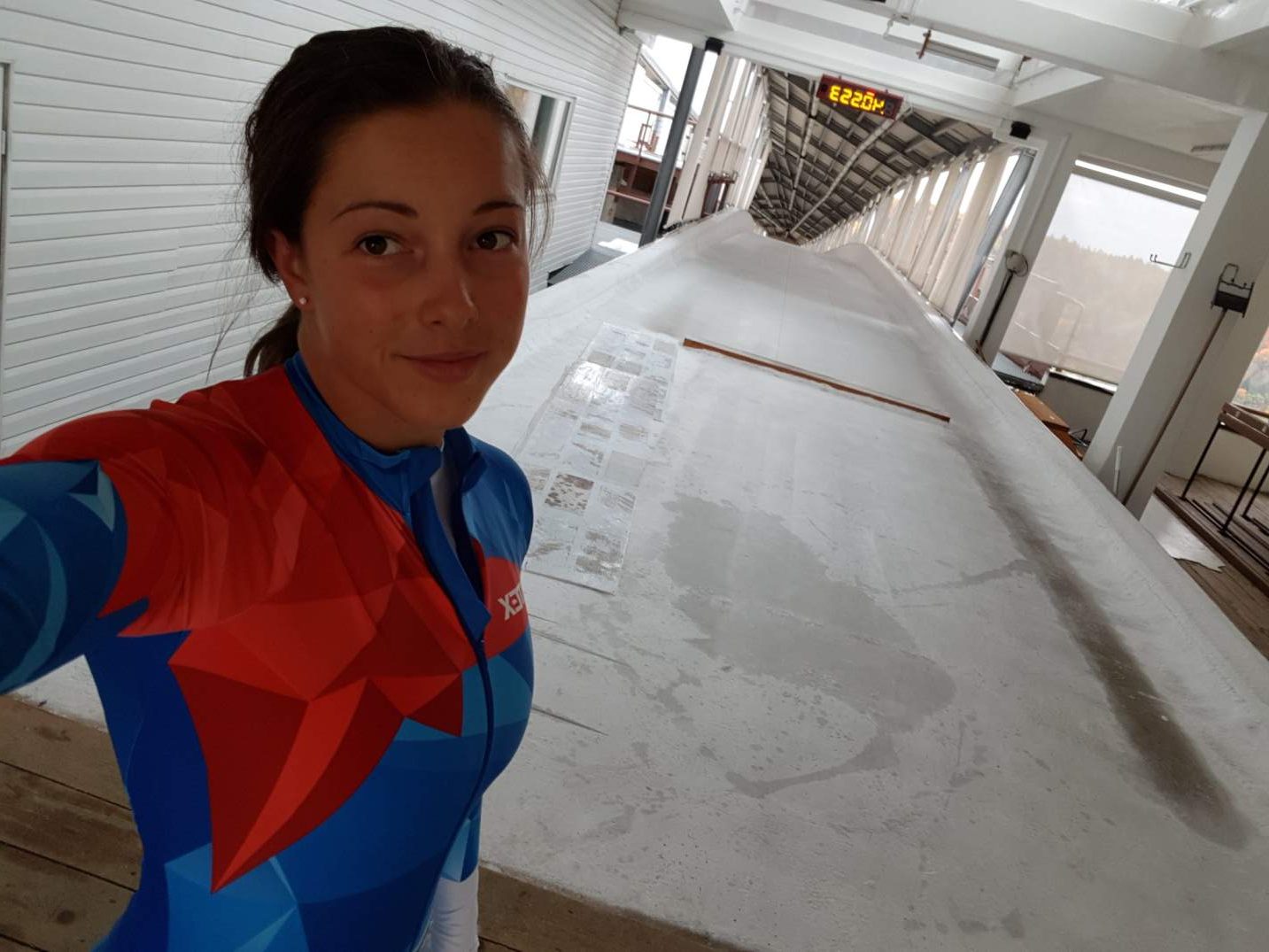
My thanks to Anna Fernstädt for her time in between training and packing her suitcase!
You can keep up with Anna Fernstädt on her Skeleton World Cup season at the following:
Anna Fernstädt Instagram: @annafernstaedt
Anna Fernstädt Twitter: @a_fernstaedt
Anna Fernstädt Facebook: /annafernstaedt
Related article: Elise Christie
